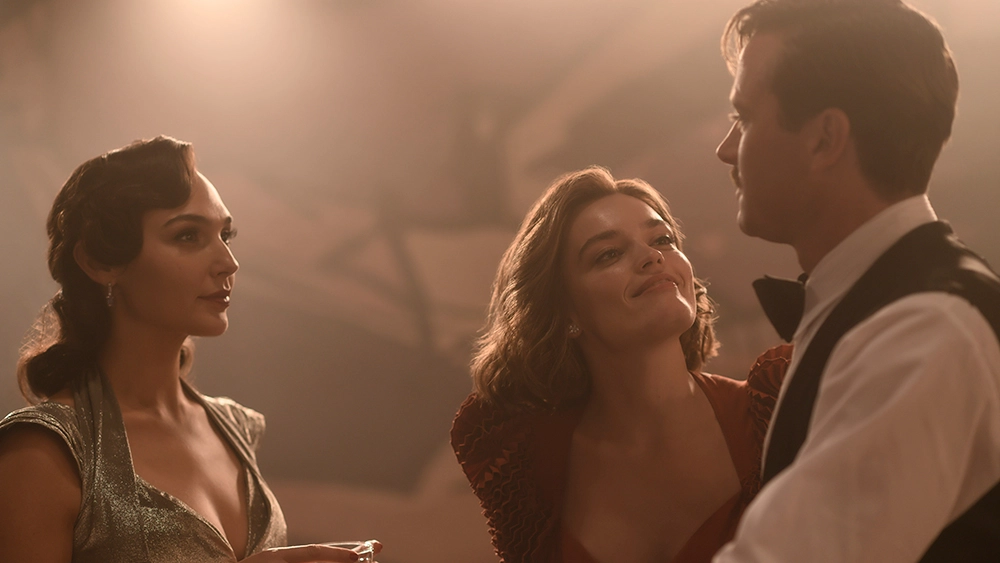
There’s nothing quite as suspenseful or rewarding as a good murder mystery and author Agatha Christie provided plenty of material for this genre with her works, including the travels and stories of Hercule Poirot. The latest film from director and actor Kenneth Branagh returns us to this world following 2017’s Murder on the Orient Express.
Death on the Nile reunites us with Belgian sleuth Hercule Poirot (Kenneth Branagh) as he embarks upon an Egyptian vacation hoping to take some time off. While there, he bumps into the recently engaged couple Simon Doyle (Armie Hammer) and his wealthy fiancé Linnet Ridgeway (Gal Gadot) who are there to celebrate their union with a host of friends and family. The group soon finds themselves aboard a glamorous river steamer where it turns into a terrifying search for a murderer.
The key to any good mystery story is maintaining the suspense and keeping the audience guessing until the big reveal. Death on the Nile is able to nail this crucial aspect throughout its two hour runtime with plenty of misdirection and spreading reasonable suspicion among its expansive ensemble, ultimately keeping you engaged and invested in the film. Each character has their time under the white hot spotlight before Poirot, with each having a credible motive and opportunity to commit the crime. Issues of love, jealousy, greed, and hatred intertwine to provide a host of suspects and plausible explanations, cleverly written and depicted onscreen to get minds guessing. Particularly well crafted is the pivotal scene before the first murder, where Simon is shot by Jacqueline. The camera movement and editing simultaneously accounts for each participant involved, but moves locations and angles just enough to have the audience guess if they truly saw character long enough to eliminate them as suspects for the subsequent murder once the dust settles and Poirot begins his search. Branagh and director of photography Haris Zambarloukos utilize the camera in concert with the script to provide a well executed whodunit.
Thematically, the film uses the various motivations of its characters and the life of Linnet Ridgeway to explore the nature of some of the most common emotional states that people experience. Being that the film centers around a marriage, at first glance you may interpret the story to be a statement on love and its machinations. However, Death on the Nile works as a treatise on greed as much as it does matters of the heart. Each character faces the temptation of manipulating their way into Linnet’s back account with each succumbing to temptation on some level.
Perhaps even more than its story, Death on the Nile’s superb cinematography stands out as one of the highlights of the film. Branagh and Zambarloukos’ fill it to the brim with pristine establishing shots of the Egyptian landscape and surrounding area of the nile and its sunsets and moonlit waters. The costume and production design are equally vibrant and immersive of its period setting, making Death on the Nile a joy to behold. All in all, this film achieves the job of keeping its audience entertained and engrossed with an investment in solving its mystery, making it quality time spent in the movies.
Image: 20th Century Studios

